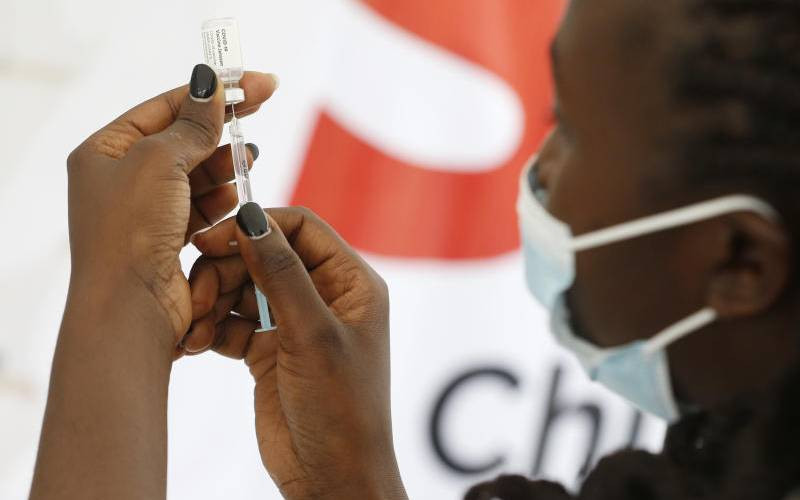Targeted Screening of Unruptured Intracranial Aneurysms in Female Smokers: Inconsiderate Overdiagnosis or Chance for Better Health?
Aneurysmal subarachnoid hemorrhage (aSAH) causes a substantial proportion of all deaths among middle-aged people, especially women. Because female smokers in particular have a high risk of aSAH and subarachnoid hemorrhage deaths, targeted screening of 50- to 60-year-old female smokers could be justified as a preventive action to reduce premature deaths and morbidity.
This prospective screening study has been performed at Helsinki University Hospital in the Department of Neurosurgery in 2 phases during 2020 and 2023 to 2024. To minimize recruitment bias, the Helsinki Biobank and THL Biobank were responsible for sending out preliminary invitation letters to self-caring 50- to 60-year-old women (mean, 56 years) who were known to be active smokers. We informed the potential candidates about the study and answered any questions before their decision to participate. Once written consent was provided, participants filled in a detailed questionnaire on lifestyle and health, and underwent computed tomography angiography analysis. We studied the prevalence of unruptured intracranial aneurysms among the study participants. Moreover, we assessed immediate morbidity, mortality, and costs related to screening.
Of the 458 preliminary invitation letters, 160 potential participants initially replied. Of these, 116 returned questionnaires and written consents. Ultimately, 108 smoking women underwent computed tomography angiography imaging. Eleven unruptured intracranial aneurysms were found in 11 (10%) female smokers, 1 of which was intracavernous and extradural. Two women were operated on without complications-1 with a middle cerebral artery aneurysm and 1 with a posterior communicating artery aneurysm. Most (n=8) patients with small (<5 mm) intradural aneurysms were treated with noninvasive preventive actions (smoking cessation, blood pressure control), without excessive costs, and followed with computed tomography angiography or magnetic resonance angiography thereafter, according to individual evaluation and compliance. There was no immediate morbidity or mortality related to imaging or occlusive aneurysm treatment. Number needed to screen to prevent 1 aSAH was calculated to be 24 to 50 depending on whether participants were able to quit smoking or not, and the number needed to screen to prevent 1 aSAH death was estimated at 68 to 143.
Small unruptured intracranial aneurysms, which may be often suited for noninvasive preventive actions, seem to be common in 50- to 60-year-old female smokers. If confirmed in multinational cohorts, targeted screening of women in this age group may offer a chance to reduce morbidity or mortality of aSAH. Whether this leads to improved health and reduction in subarachnoid hemorrhage-related deaths in the long run requires a longer follow-up.
intracranial aneurysms; middle aged; smokers; subarachnoid hemorrhage; women.








